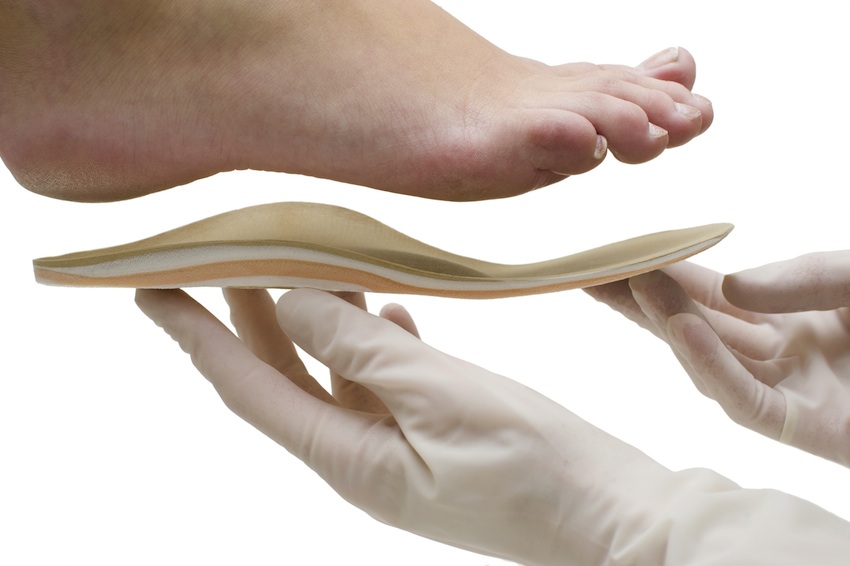Shoe Inserts Don’t Help Knee Pain, Study Says

Shoe Inserts image via Shutterstock.
According to Boston University researchers, shoe inserts don’t do much to relieve pain for patients suffering from osteoarthritis in their knees.
The study, which was published on Wednesday in the Journal of the American Medical Association, says that inexpensive plastic shoe inserts and insoles are designed to shift your body weight from the inside of the knee to the outside of the knee in order to reduce knee pain. But according to a review of 12 studies, the inserts don’t actually work that well.
“This is a treatment that has been out there for a very long time,” senior study author Dr. David Felson, a professor of medicine and epidemiology at Boston University, said in a U.S. News report. “It’s reasonably popular and there is data that suggests it works. It’s only recently that better controlled trials have been done that haven’t found anything.”
In the study, researchers found that across 12 trials, people who used insoles rated their pain about two points lower on a 20-point scale than did people who used no insoles at all. However, when the researchers looked at only high quality trials, including ones that accounted for the placebo effect of the perceived benefits that may come from simply have an insert in your shoe, all benefits of the inserts disappeared.
The insoles studied in this research only included heel wedges, which fit underneath the sole of the shoe and are thicker on the outside than the inside, which tilts the foot inward. These inserts are used mostly for patients experiencing arthritic pain. Why don’t the inserts work for patients with arthritis? In the report, Dr. Felson says that the inserts are cheap, often ranging from a few dollars to $30. Plus, once arthritis develops to the point where there is an uneven pressure on the knee joints, the problem can’t be fixed by a simple shoe insert. According to the report, physical therapy, medications to lubricate the knee joints, and steroid injections may be more effective in relieving pain and slowing the progression of the disease.
Basically, insoles may provide mild benefits based solely on the placebo effect that results from any kind of treatment— just like the fact that wearing a bandaid may help you to feel less pain. But overall, wearing insoles does not improve knee pain significantly. Does this mean that all insoles are ineffective? Dr. Felson says no, although further research may be needed to assess which patients are most likely to respond positively to insole treatment options.


